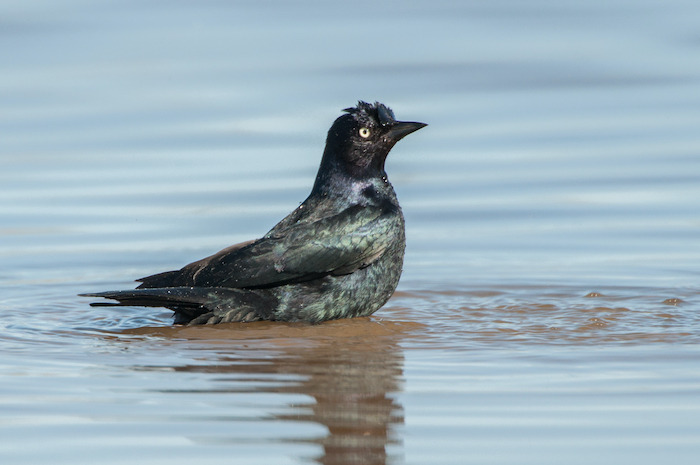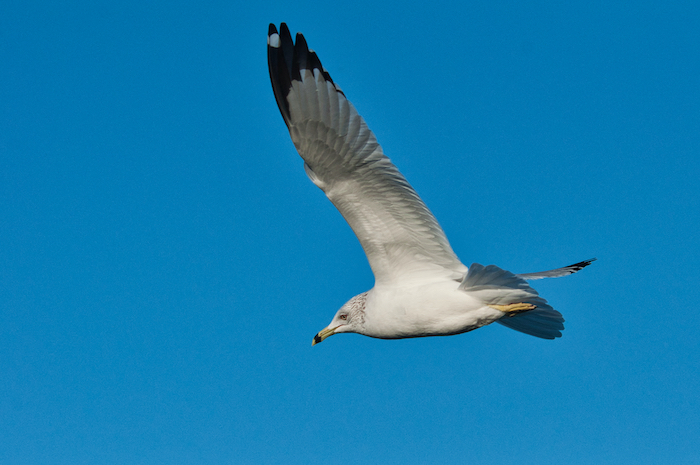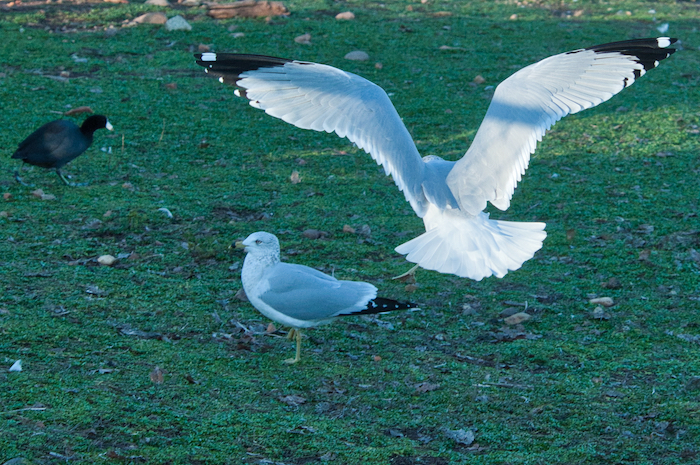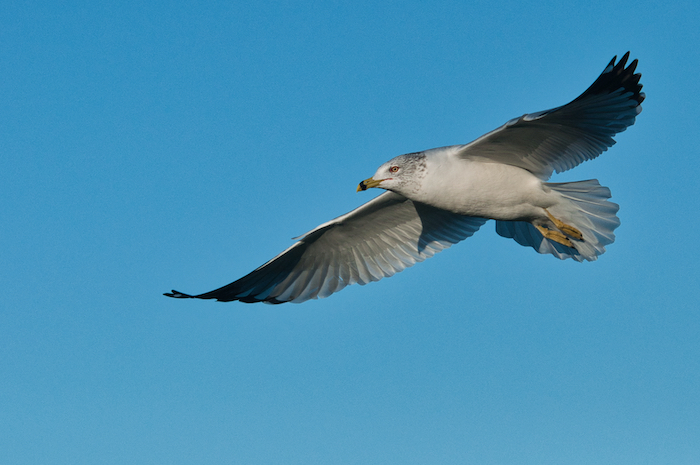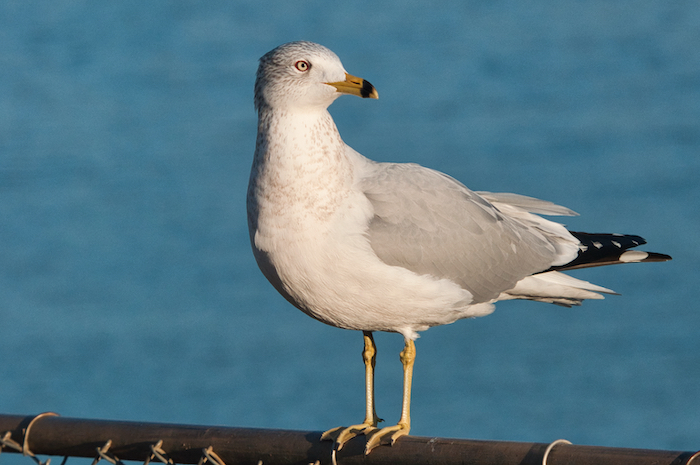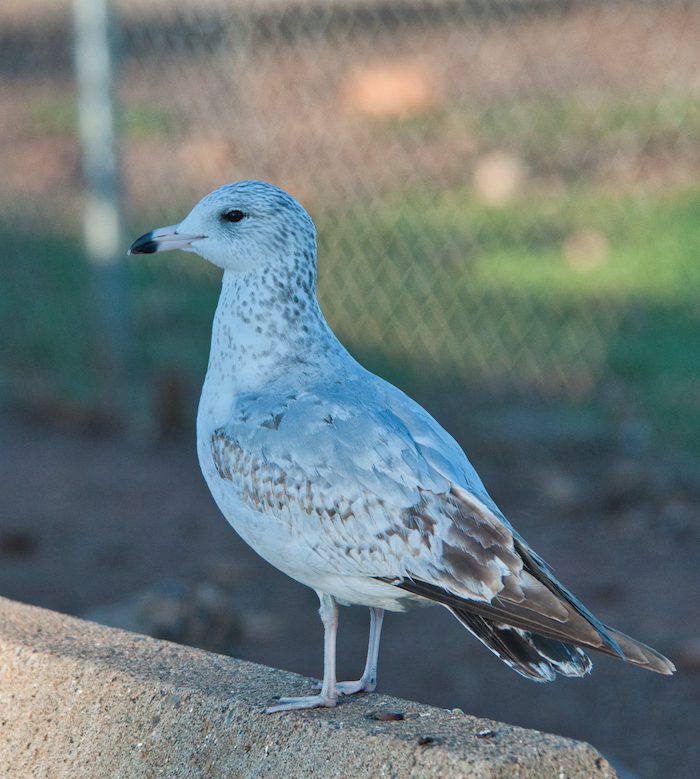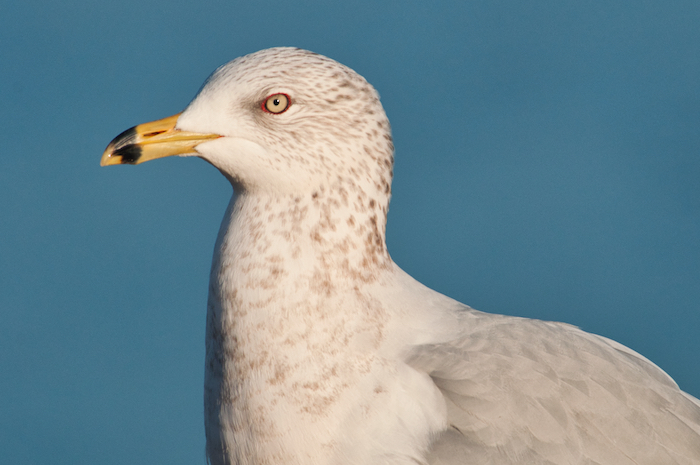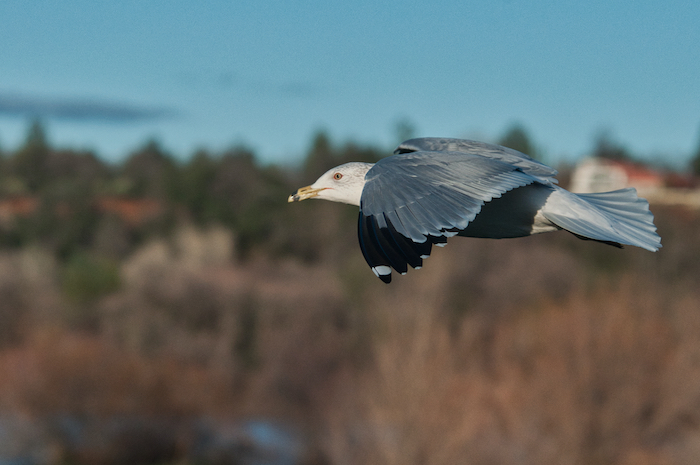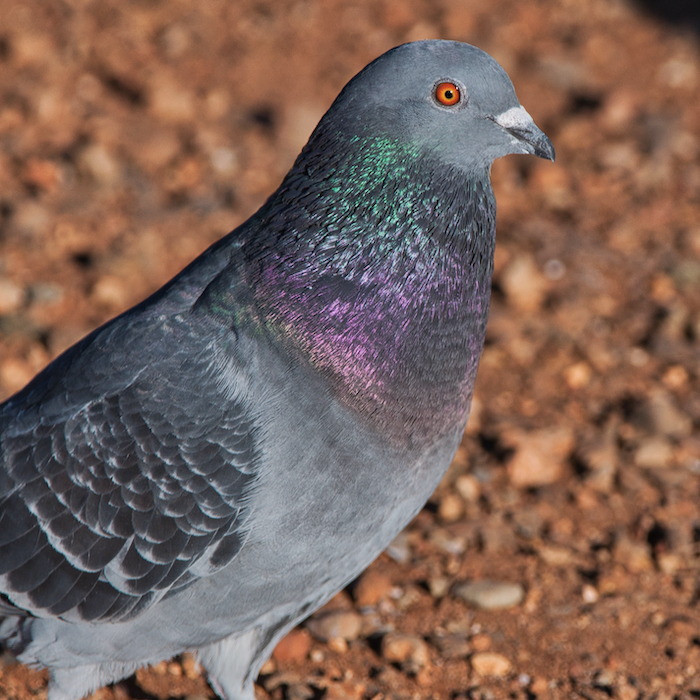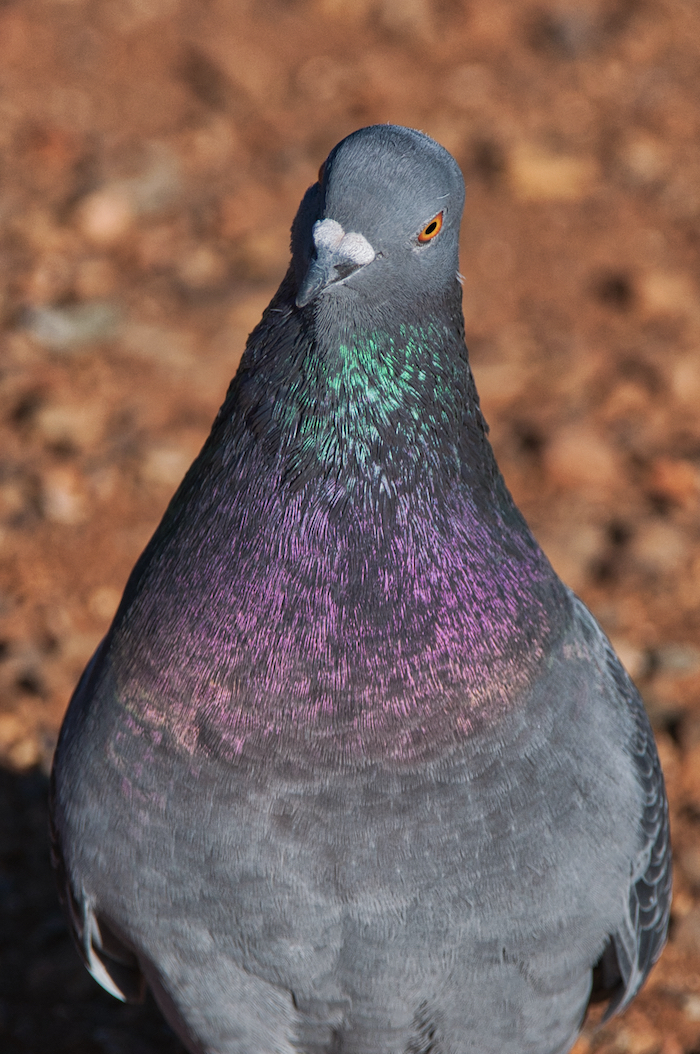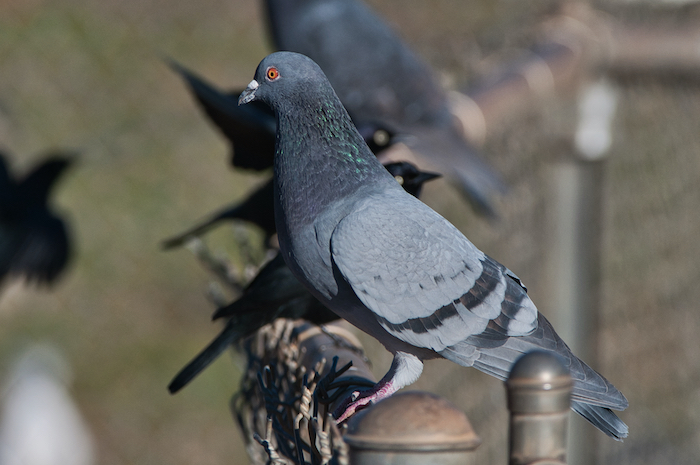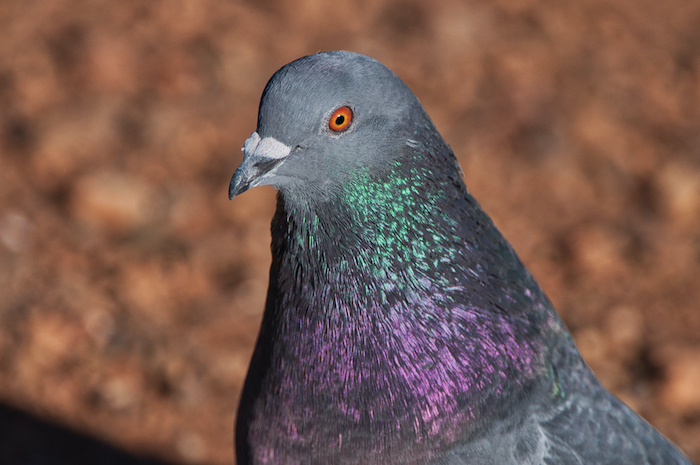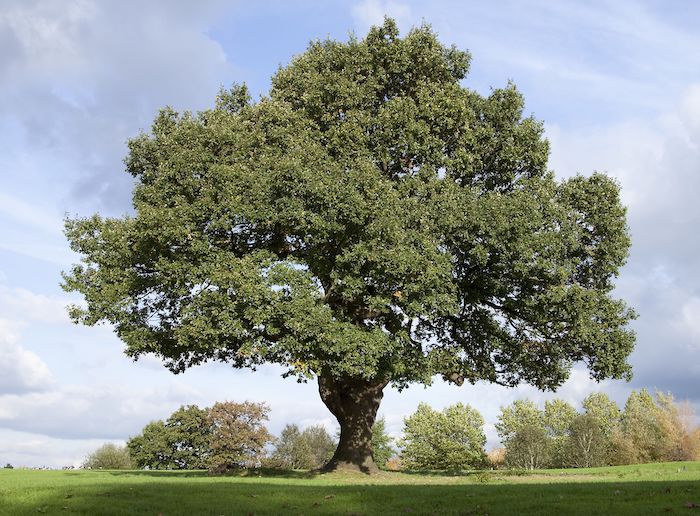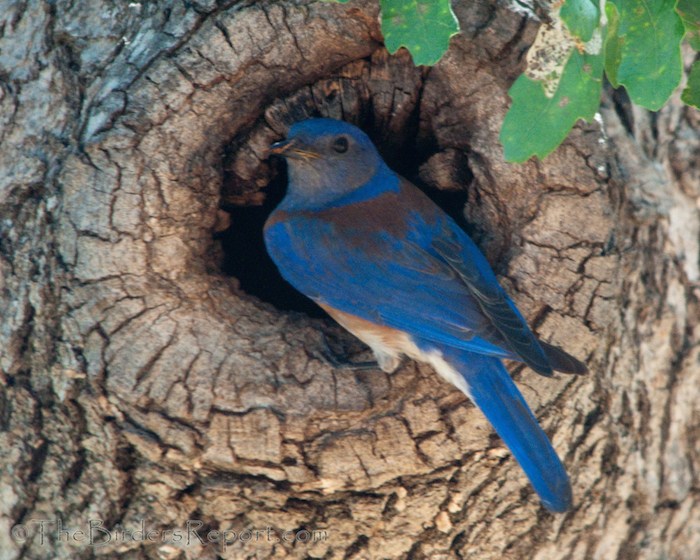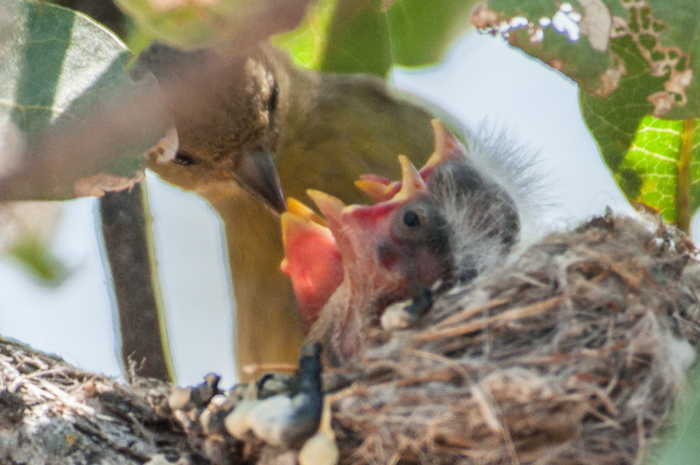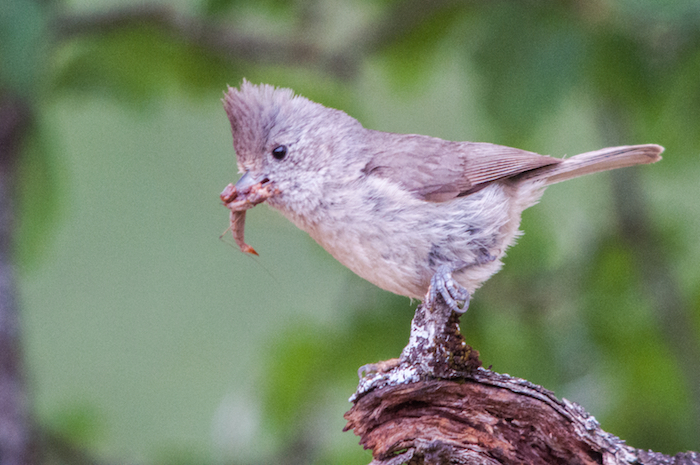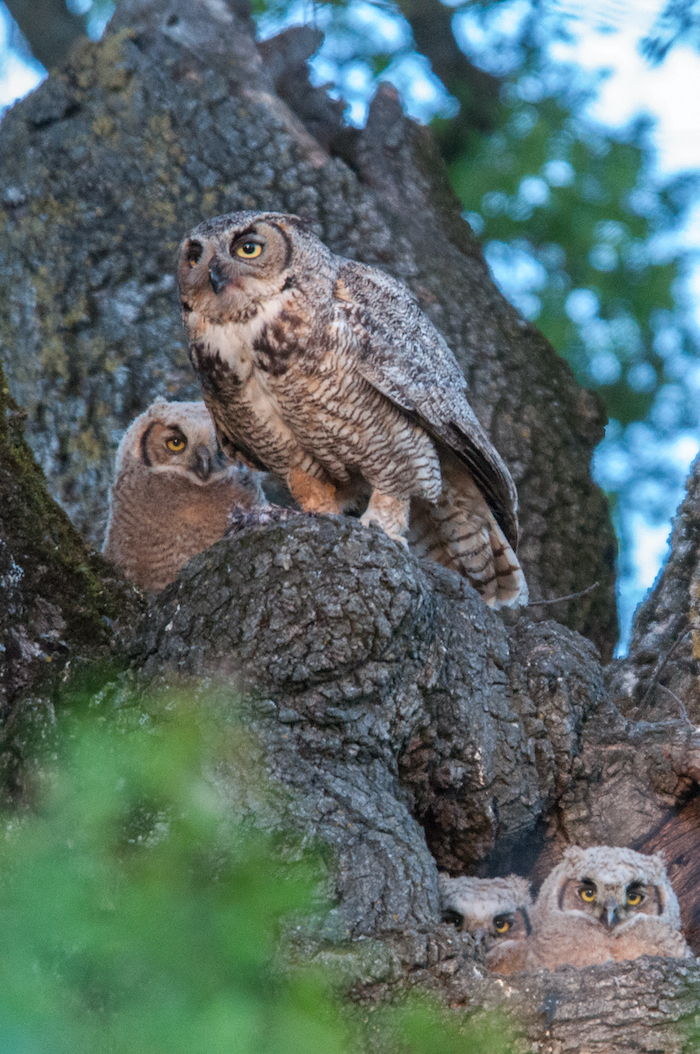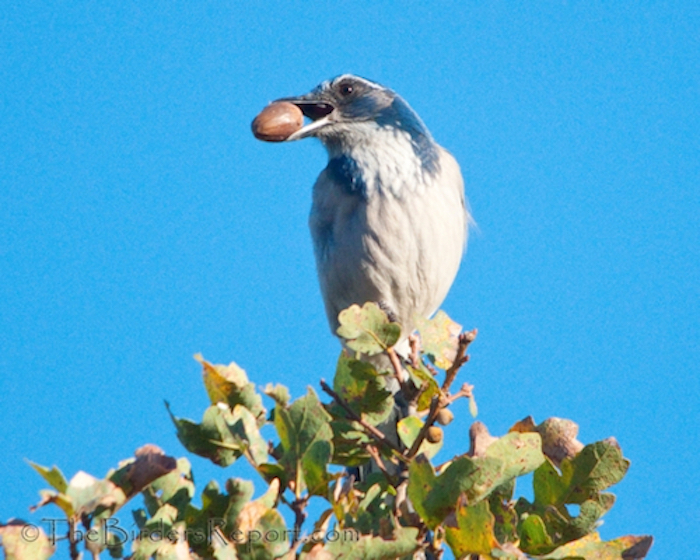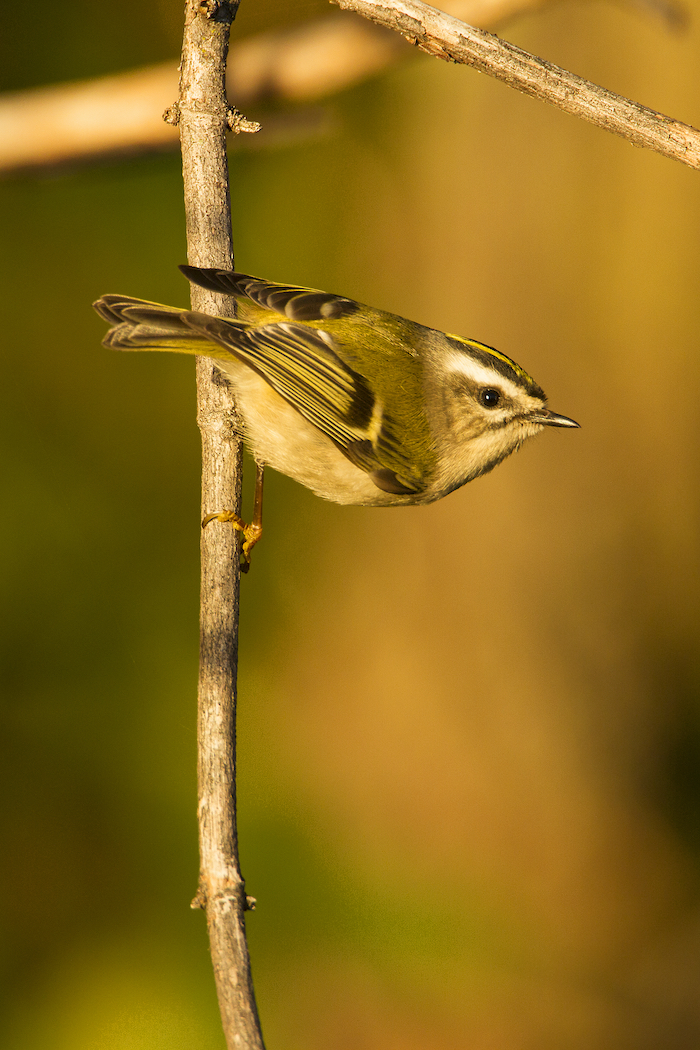
Golden-crowned Kinglet photo by David Bogener
When the nights are long and frost can be expected, most insects forsake activity and hunker down as eggs or pupae, waiting for spring to resume their active lives. Insect-eating birds feel the rhythm of the season and their sleeping food source, and head south. But some stay, making their winter-living by searching hungrily, maybe frantically, for those sleeping insects.
One such bird is the golden-crowned kinglet. It’s a “king” because it wears a crown – golden in the female and brightening to orange – gold in the male. It’s a kinglet because it’s tiny. At a fifth of an ounce, the golden-crowned kinglet is scarcely larger than a hummingbird. But when hummingbirds head south, vacating the eastern US and leaving just one of their kind to face the milder climes of California, the kinglets stay closer to their nesting grounds. They remain as far north as southern Canada, where they can face temperatures down to -40 degrees. It seems they should shiver, starve, and die, but they do not. Instead they hustle in small flocks, usually high in winter’s trees, scouring twigs and conifer needles for the precious calories in moth cocoons and tucked-up spiders.
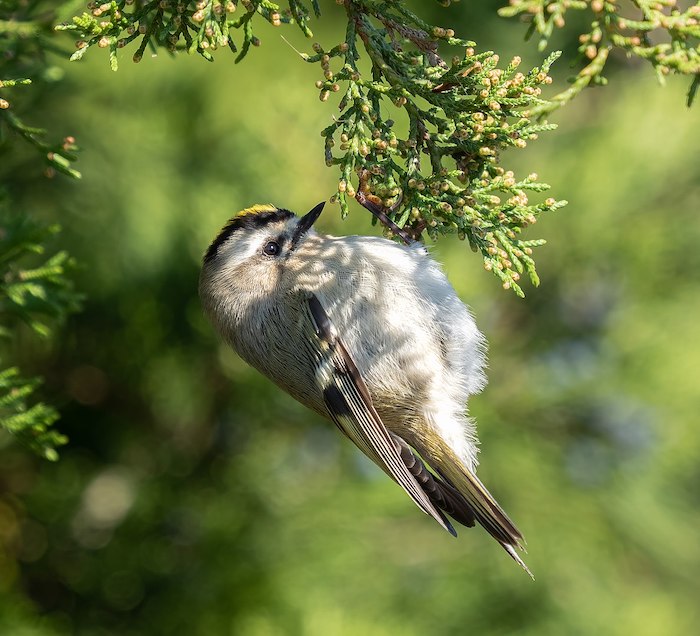
Golden-crowned Kinglet by Rhododendrites – Own work, CC BY-SA 4.0, https://commons.wikimedia.org/w/index.php?curid=95715477
Still, they must not waste at night those calories found throughout the day. Like other social animals, a single kinglet in such cold would likely freeze. Instead, they huddle together in protected cavities, bunched close, sharing body warmth. They fluff their small downy feathers, slowing their loss of heat. They survive.
Our area, of course, is not quite so frigid–although plenty cold enough to kill a lost hiker or solo pip. Many of our local golden-crowned kinglets seasonally drop down from the mountains where they raise their offspring. Some winters they can be seen in good numbers along the Sacramento River. An acute ear might hear their brief high trill as they keep in touch with their fellows in the highest foliage.
A studied glance upward might reveal them flitting about in the canopy. However, without binoculars and some practice using them, golden-crowned kinglets are likely to remain barely discernible silhouettes. But if the bird and the viewer contrive to enable a good look, then the viewer will have eyed one of nature’s sweeter gems.
They’re like a sunrise behind hills: pale gray below, then above mixing yellows and darks. Their bright crown is offset with a trim of black; when the male is excited the copper-alloy gold of his crown is raised and especially prominent. The whole of their feathering seems to include both gentility and radiance.
All packaged small. It does take some time and intent to see a golden-crowned kinglet, but the experience is worth it.

